Think patch management is just another tech buzzword? Think again. Patch Management isn’t only crucial—it’s an absolute game changer for small business owners. In today’s fast-paced digital world, staying ahead means keeping your systems secure and efficient, and that’s exactly where patch management moves from the back office to the frontline of your business strategy. For those non-tech savvy entrepreneurs, understanding the basics of patch management can transform how you protect, update, and optimize your business operations. Let’s break down what patch management is and why it should be at the top of your business priority list.
What is Patch Management?
At its core, Patch Management is the unsung hero of IT management—it’s the process that keeps the wheels of your business greased and rolling smoothly. But let’s simplify that: imagine your business software and systems as a high-performance car. Over time, parts wear out, new technologies emerge, and what was once top-of-the-line now needs an upgrade or a fix to keep running at its best. That’s where patch management comes in, serving as your professional pit crew, constantly updating and fixing software to prevent breakdowns.
This process involves regularly scanning for missing updates, known as ‘patches,’ and applying them systematically across your company’s networks and systems. Why? Because each patch is not just an upgrade; it’s a fortification against potential threats. Cybercriminals prey on outdated systems, and every unpatched software is a door left wide open to hackers. Patch management closes these doors, strategically and promptly.
Moreover, successful patch management isn’t just about slapping on updates. It’s about having a strategy that ensures consistency and reliability without disrupting the normal flow of business. It assesses the updates for compatibility issues, deploys them without causing downtime or loss of productivity, and ensures that every software patch serves its purpose—to make your system better and safer than it was before.
Using Patch Management effectively means you’re not just reacting to threats or updates as they come. Instead, you’re anticipating changes, prepping your defenses, and ensuring that your business tech isn’t just caught up—it’s leading the pack. This proactive approach is absolutely vital in maintaining an edge in today’s competitive market where even a small software hiccup can mean significant business losses.
Now, armed with a solid understanding of what patch management is, let’s explore its pivotal role in ensuring business security and why it deserves your attention and investment.
The Role of Patch Management in Business Security
If you’ve been underestimating the power of Patch Management, it’s time to shift your perspective. In the digital battlefield of business, patch management is your elite security guard against looming cyber threats. It’s not just an administrative task—it’s a critical defense mechanism that small business owners cannot afford to ignore.
Consider this: the vast majority of cyber attacks exploit known vulnerabilities in software—vulnerabilities that could have been patched. When your system is left unguarded, it’s not a question of if but when an attacker will strike. Patch management doesn’t just fix bugs; it effectively shields your business by installing barriers that hackers struggle to penetrate.
Here’s where it gets even more interesting. Patch management also plays a crucial role in compliance. Various industry regulations require businesses to maintain certain security standards, often including up-to-date systems. By keeping your patches current, you’re not just protecting your data from cyber threats but also shielding your business from potential legal and financial penalties associated with non-compliance.
“But my business is small—does this still apply?” Absolutely! In fact, small businesses are frequently targeted because they are less likely to have rigorous, consistent patch management practices in place. This perceived vulnerability makes them ideal targets for cybercriminals. Implementing robust Patch Management procedures isn’t an overhead cost—it’s an investment into your company’s resilience.
The rise of ransomware—a type of malicious software that threatens to publish the victim’s data or perpetually block access to it unless a ransom is paid—further highlights the importance of patch management. Many high-profile ransomware attacks could have been avoided if systems were patched timely. Patch management doesn’t just repair software; it builds a fortress around your business assets.
Grasping the role of Patch Management in safeguarding your business is more than a necessity—it’s a strategic advantage in the growing landscape of cyber threats. So, if you want to sleep soundly, knowing your business is secure, adequate and proactive Patch Management is your first and most crucial step. Let’s now discover the tangible benefits this process can provide to your business.
Benefits of Effective Patch Management
Unlocking the benefits of Patch Management is like hitting a business jackpot—it significantly ups your game in several unforeseen ways. Think about it: maintaining your software with the latest patches doesn’t just ward off hackers; it also boosts your entire operational framework.
First off, let’s talk efficiency. Each patch doesn’t only close security gaps; it often enhances software performance. This means your technological assets operate more smoothly and swiftly, leading to faster, more reliable service. For small business owners, where resources are precious, boosting efficiency without additional investments can be a game changer. Improved performance might translate directly into higher customer satisfaction and retention.
Then, there’s the cost-saving angle. Imagine avoiding a catastrophic system failure that could have been prevented with a simple software update. The cost of downtime for small businesses can be crippling. Incremental investments in Patch Management can save you a fortune in potential lost revenue and IT restoration costs. In fact, being proactive with your patches means you’re not just saving on repair costs; you’re also optimizing your resource allocation and ensuring maximum productivity without interruption.
Consider the tech dependability. Regular patch updates make your systems and software more dependable. This reliability builds trust with your clients, who need assurance that their data is safe when doing business with you. Consistency in performance, powered by a strict patching protocol, promises them that your business operations are running seamlessly with minimized risks of breakdowns.
Don’t forget about competitive advantage. In a digital age where consumer trust is paramount, showing that you’re committed to maintaining the highest security standards can set you apart. Patch Management positions your business as diligent, trustworthy, and secure. While competitors might falter under the weight of a cyber-attack, your enterprise remains robust and more attractive to conscientious customers.
Effective Patch Management translates into tangible business benefits that go beyond mere compliance or basic IT hygiene. It’s about enhancing, empowering, and enabling your business to operate at its peak—safely and without unwarranted interruptions. As we move forward, let’s delve into some common challenges you might face in this area and how to maneuver through them.
Challenges in Patch Management for Small Businesses
Navigating the world of Patch Management can feel like steering through a storm for many small business owners. It’s packed with challenges, but understanding these hurdles can prepare you for a smoother journey. Here are the common issues you might face and the strategic moves you can employ to tackle them effectively.
Handling the sheer volume of patches can be overwhelming. Software vendors frequently release updates, and each patch demands attention. It’s like keeping track of a series of never-ending updates on your phone, but this time, it’s for multiple programs across multiple systems. The key here is not just to apply patches randomly, but to prioritize them based on which systems hold critical business data and which vulnerabilities pose the greatest risk.
Resource limitations are another common pain point. Unlike large corporations, small businesses often operate with limited IT staff and budget. Implementing a Patch Management strategy might seem like deploying a fleet with a fishing boat’s budget. Here, leveraging automated patch management tools can be a game-changer. These tools can automate routine tasks, facilitate inventory tracking, and ensure that patches are applied consistently and correctly, freeing up your staff to focus on more strategic tasks.
Downtime concerns also play a significant role. Applying patches often requires rebooting systems, which can lead to downtime. For any business, especially small ones, downtime equals lost revenue. To minimize this, plan patch deployments during off-peak hours or stagger updates to keep essential services running smoothly. Additionally, testing patches on a small segment of your network before full deployment can prevent potential disruptions caused by incompatible updates.
Cybersecurity expertise may not be your forte, and that’s okay. Many small business owners aren’t IT experts, and keeping up with current security practices can be daunting. Partnering with cybersecurity experts or investing in training for your in-house team can provide the know-how needed to manage your patching process effectively and securely.
Vendor management can sometimes be tricky as well. Multiple vendors may mean a multiplicity of patching schedules and standards. Centralizing patch management or using a unified tool can help streamline these processes, making management simpler and less susceptible to errors.
Understanding and overcoming these challenges in Patch Management are vital. By refining your patch management practices, you don’t just protect your tech—you boost your business resilience against potential disasters. Up next, we’ll wrap up our discussion by summarizing key takeaways and offering some final thoughts to keep your Patch Management game on point.
Conclusion
Let’s face it: Patch Management isn’t just an IT responsibility; it’s a critical business strategy that demands your attention. If you’ve ever doubted whether it’s worth the hassle, consider the alternative—costly downtimes, data breaches, and lost customers. Patch Management is not merely a defensive tactic; it’s an empowerment tool that thrusts your business into a realm of enhanced reliability, security, and competitive advantage.
As a small business owner, embracing effective Patch Management can be your bold move towards not just surviving but thriving in a landscape where cyber threats loom large. It fortifies your business, not just on the cybersecurity front, but as a reliable, efficient entity that customers and partners trust. Remember, in the world of business, staying updated isn’t just about keeping up; it’s about being ahead.
Invest in robust Patch Management practices. Automate where possible, prioritize wisely, and educate your team. Align your patching strategy with your business goals to ensure that every update adds value and fortifies your position in the market. Yes, the challenges are real, but with the right approach, the control is in your hands.
To conclude, don’t just manage your patches—master them. Make Patch Management a cornerstone of your business strategy and watch as it not only protects but propels your business forward. Ready to patch up your systems and seal those cracks? Your journey towards a secure, efficient, and resilient business starts here. Stay patched, stay ahead, and keep leading your business towards sustainable success.



